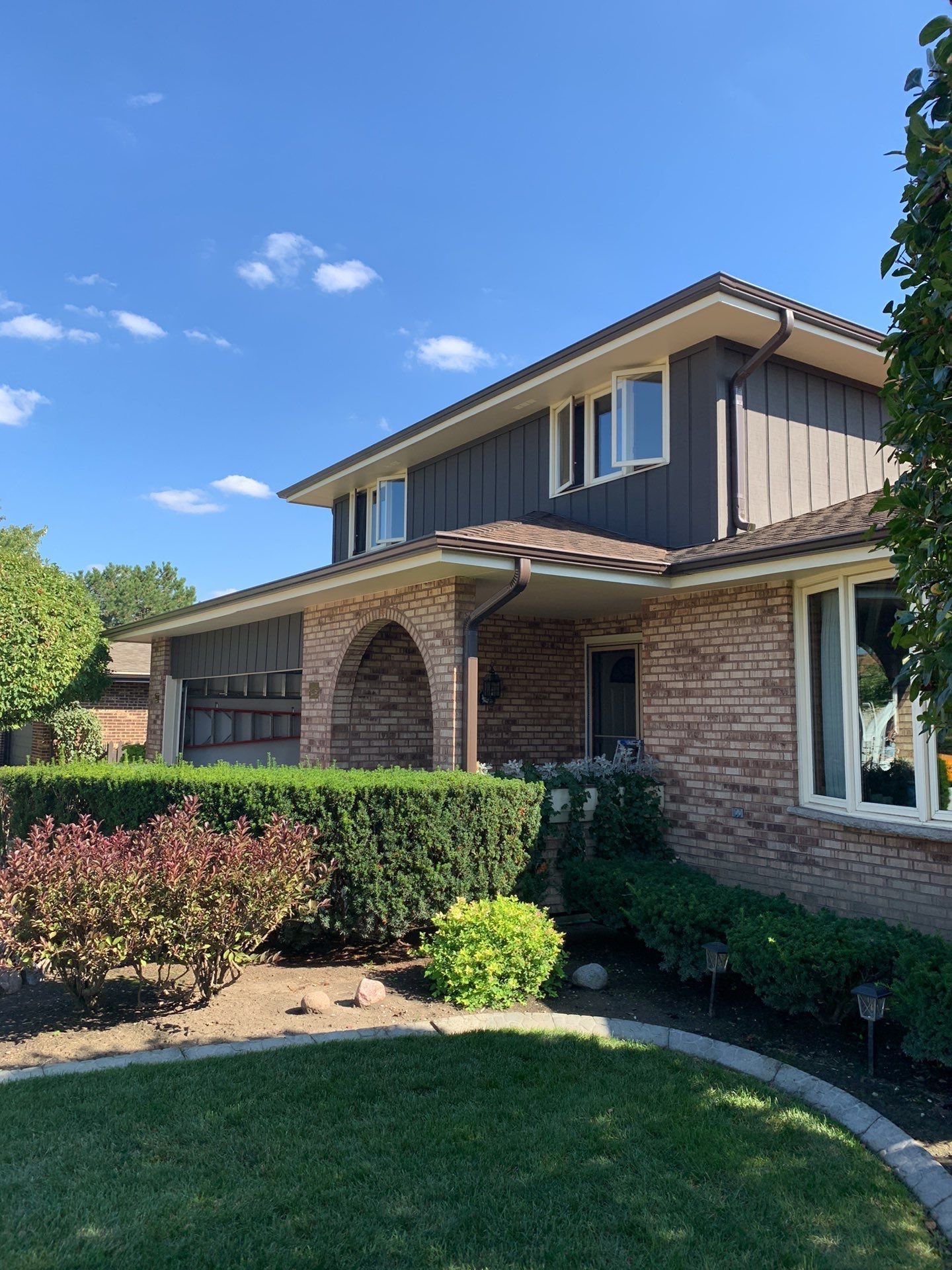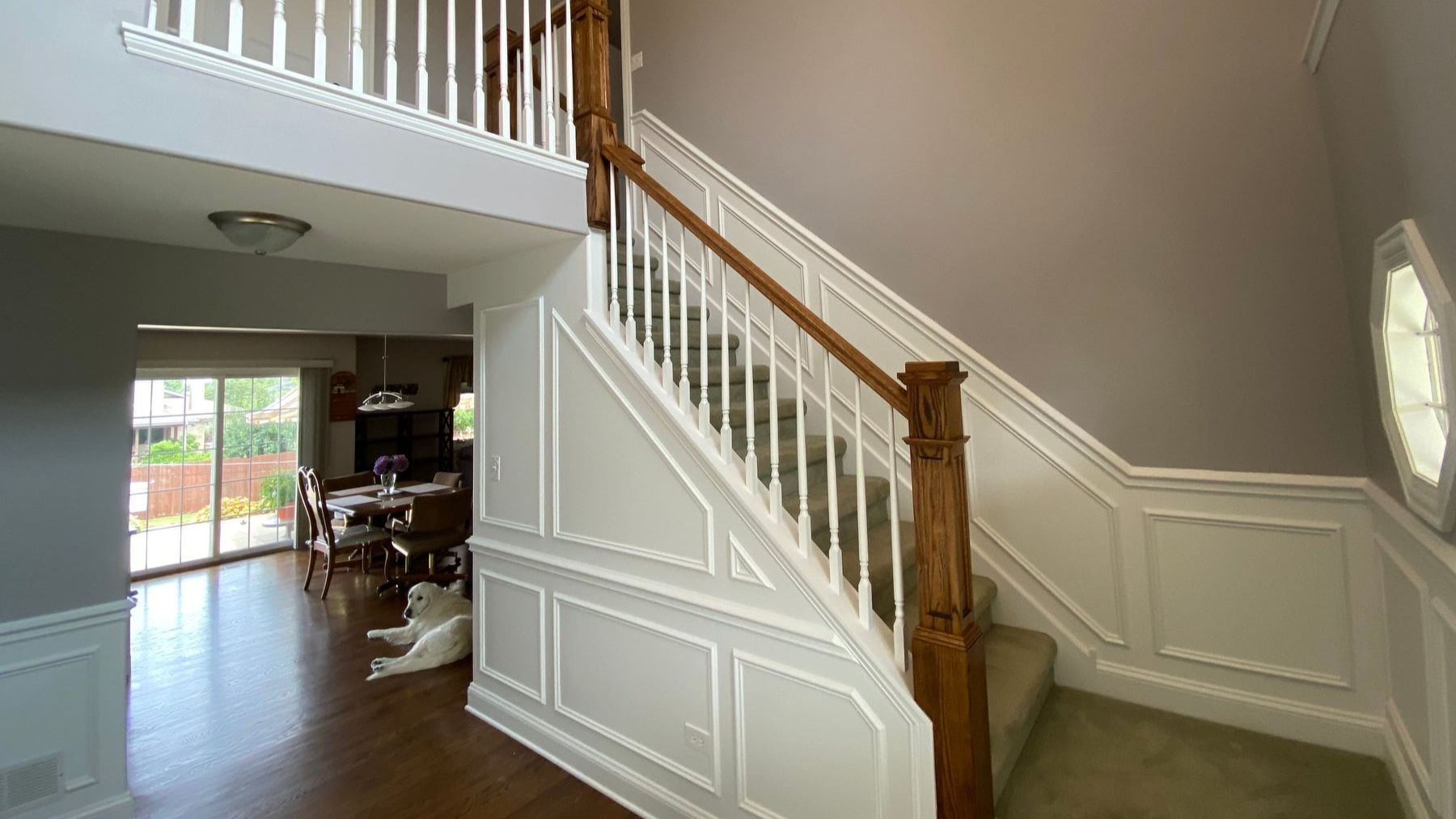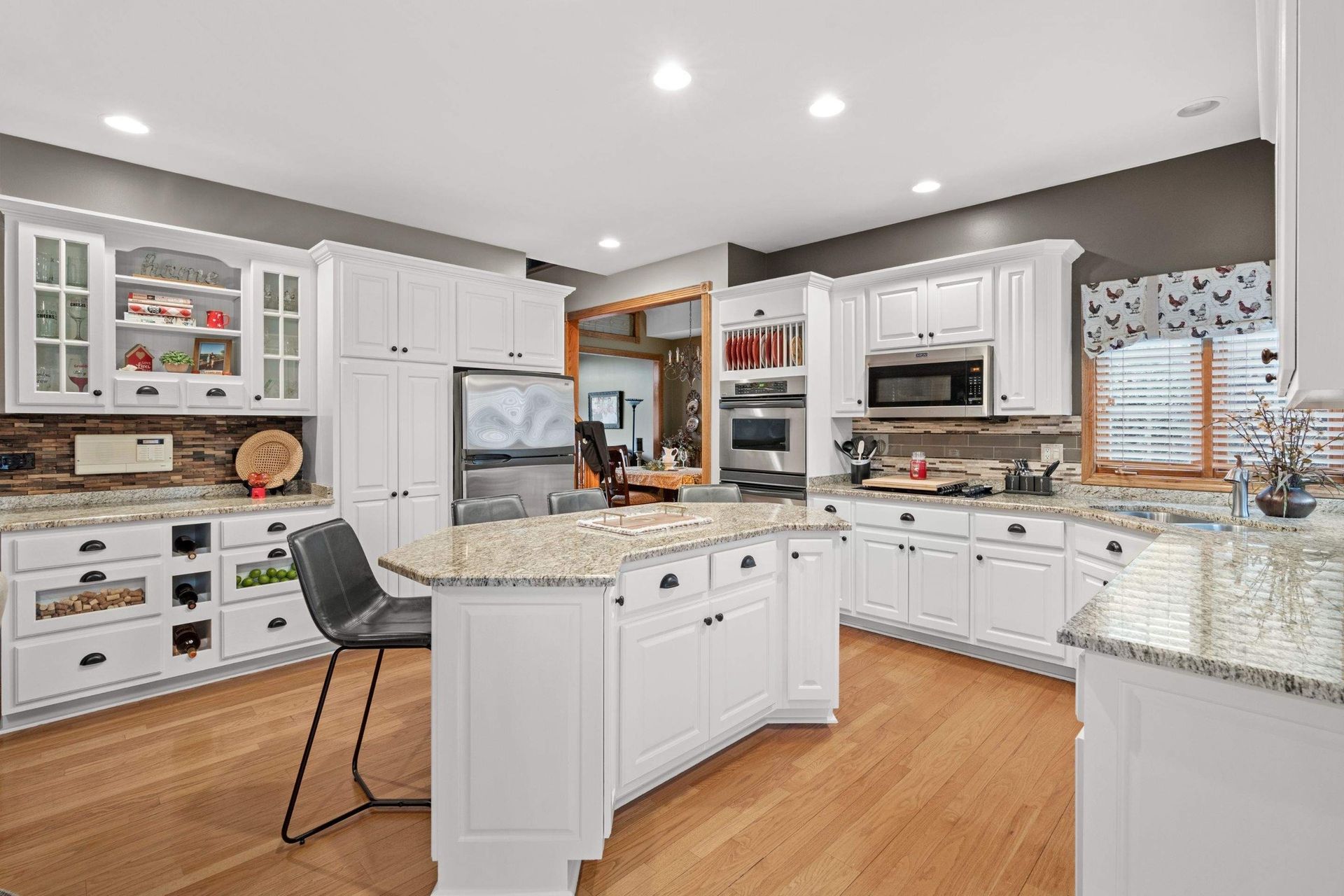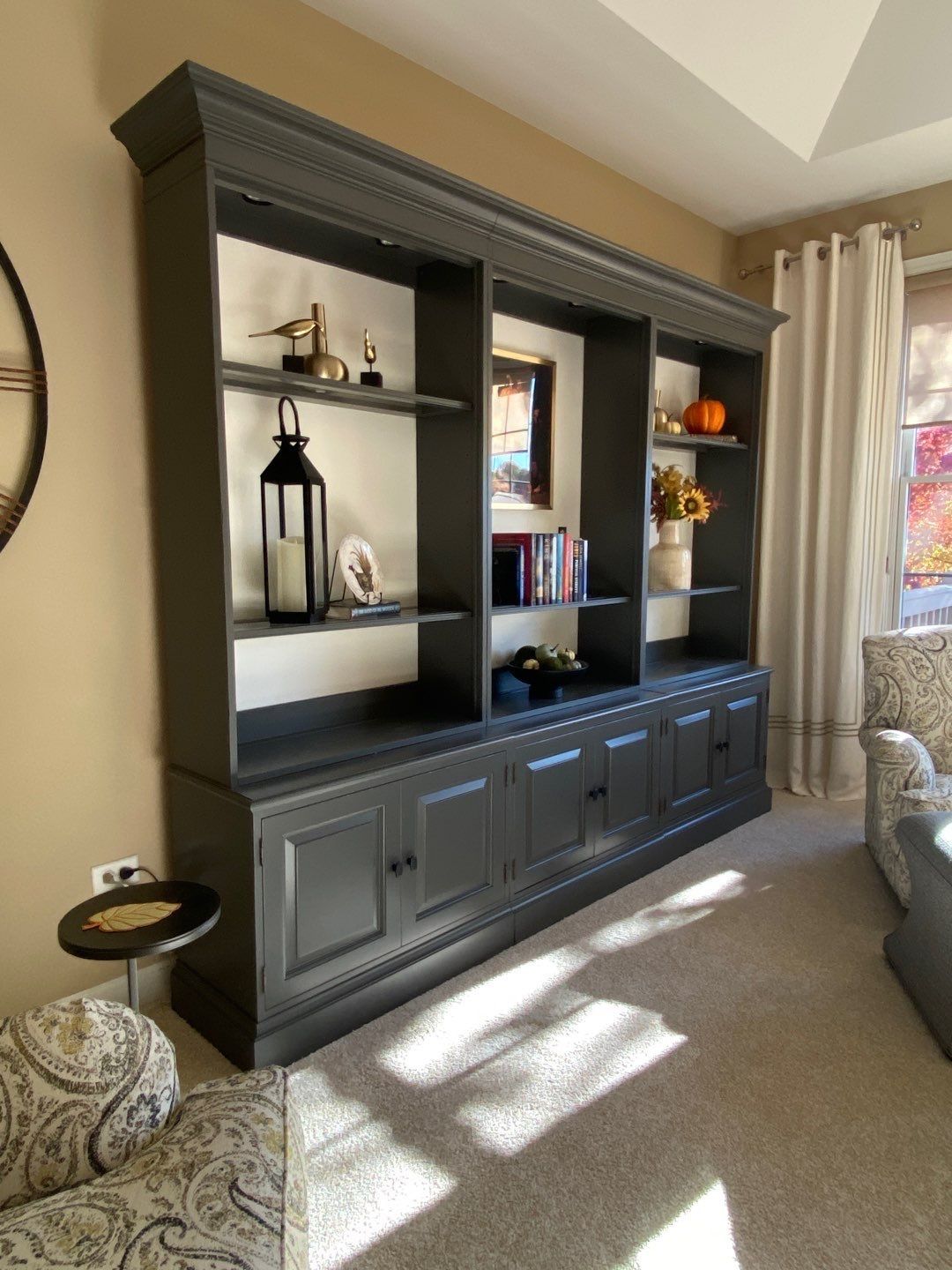Jondec Painting Blog
Search Blog Posts
Let's Talk Paint!
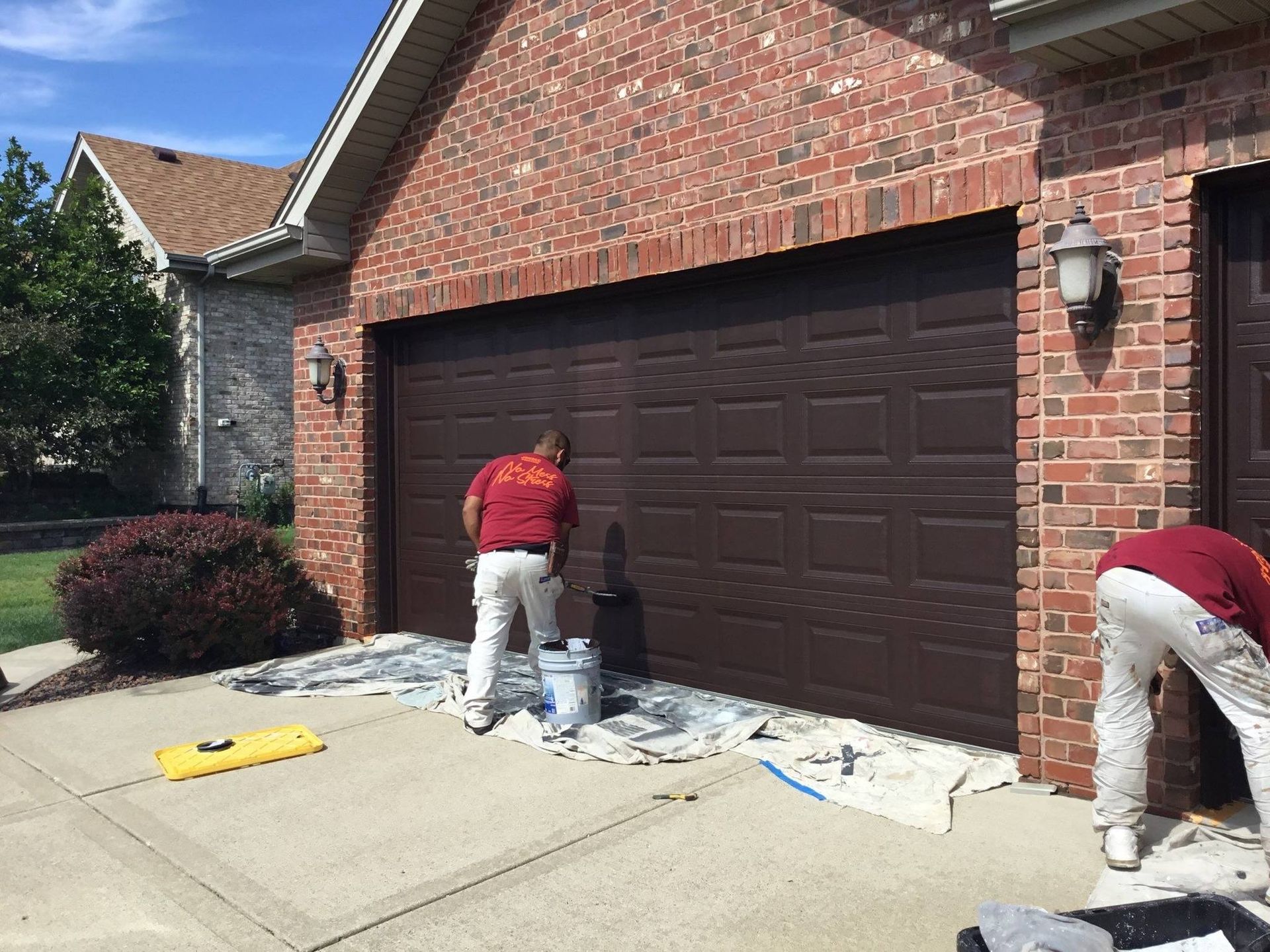
If you’ve ever lived in the Chicagoland area for more than a week, you already know the drill: it can be 75 and sunny on Monday, and snowing by Friday. So when it comes to exterior painting, the phrase “timing is everything” might be the understatement of the year. Temperature plays a huge role in how paint performs, and doing the job when the weather isn't right can lead to peeling, bubbling, or the dreaded “we just painted this and it already looks weird" problem. So let’s talk about the best temps for exterior painting in Chicagoland , and why it’s not as simple as just checking today’s high. Why Temperature Matters More Than You Think When you paint your house, you’re not just putting color on the wall—you’re starting a chemical process. Paint needs to cure , which is way more demanding than just drying. For curing to go smoothly, temperature and moisture levels need to cooperate. Too cold, and the paint thickens, doesn’t stick well, and may never cure properly. You might see cracking, chalkiness, or even total failure after the first rain. Too hot, and paint dries before it can level out, leading to brush marks, bubbles, and a finish that looks more DIY than you were going for (even if you are DIY-ing it). The Goldilocks Zone: Not Too Hot, Not Too Cold So what’s the sweet spot? Daytime temps between 50°F and 85°F are ideal. Overnight lows should stay above 45°F for at least 48 hours after painting. Humidity below 70% helps paint cure evenly.
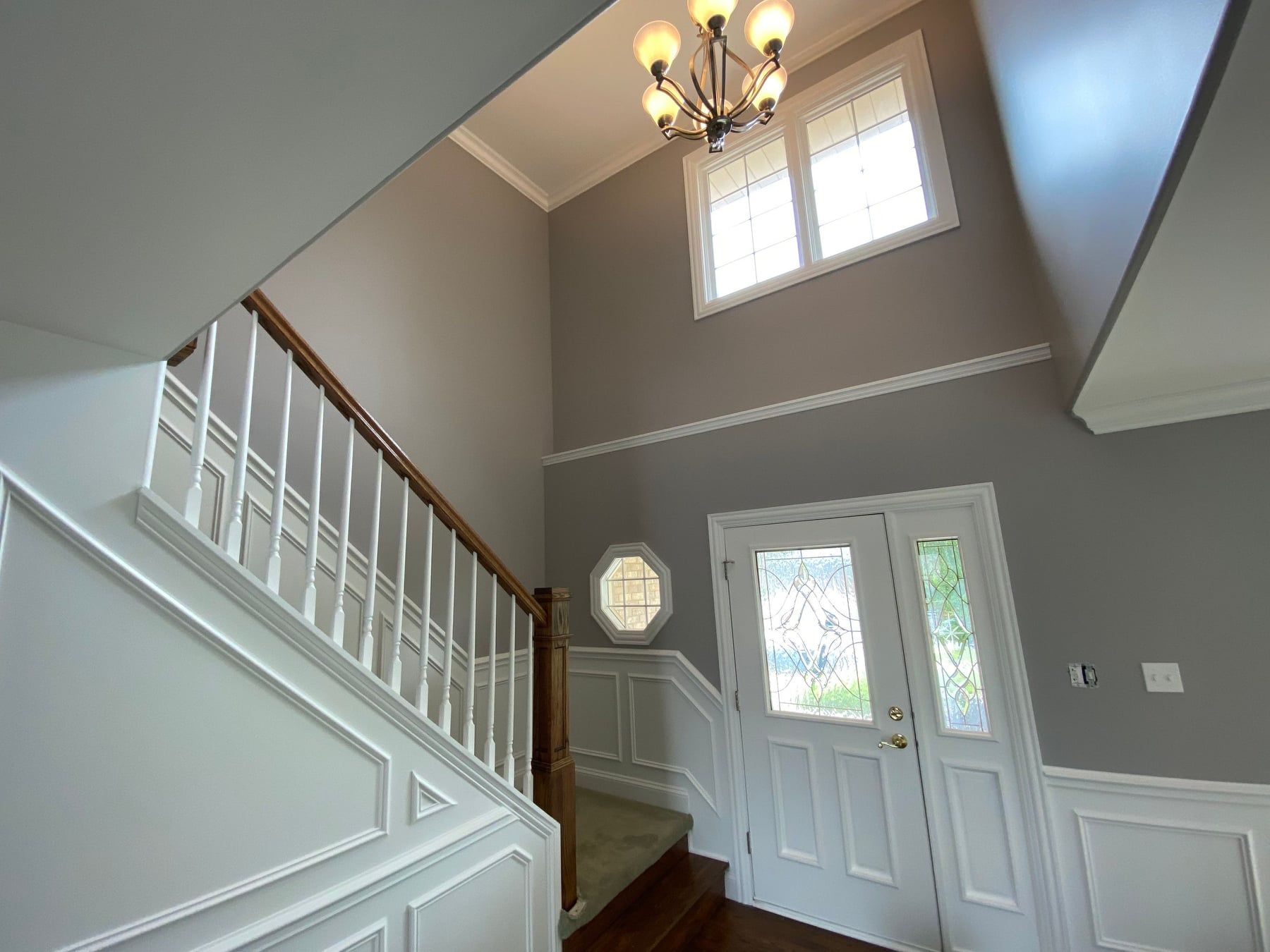
Vacuum carpets, clean the house, and put up decorations– that's the typical pre-holiday checklist. But what if there was something that could really go the extra mile in the prep department and knock your guests’ socks off? Oh wait, there is! Paint . If you’re wondering how and where to use interior paint this holiday season before guests arrive, you’ve come to the right place! High-Traffic Areas to Focus On Let's jump right in. When tackling a painting project before the busy holiday season, it’s good to think strategically about “where.” And high-traffic zones are a good starting point. Good candidates might include: The Living Room: This is often the center of holiday gatherings, and it’s where many guests will spend the majority of their time. A fresh coat of paint on the walls can instantly brighten the space and make it feel warm and welcoming. Hallways and Entryways: These areas set the tone for the rest of your home, offering the first impression when guests arrive. Hallways and entryways endure a lot of foot traffic too, leading to scuffs and general wear. Repainting these spaces will make your home look polished and inviting from the moment guests step through the door. Not to mention the extra protection a coat of paint provides for your walls! Guest Rooms and Bathrooms Don’t forget about the rooms your guests will use most—especially the guest bedroom and bathrooms. These spaces might not get as much attention throughout the year, but they play a huge role in making your guests feel welcome during the holidays. The Kitchen – A Hub for Holiday Fun
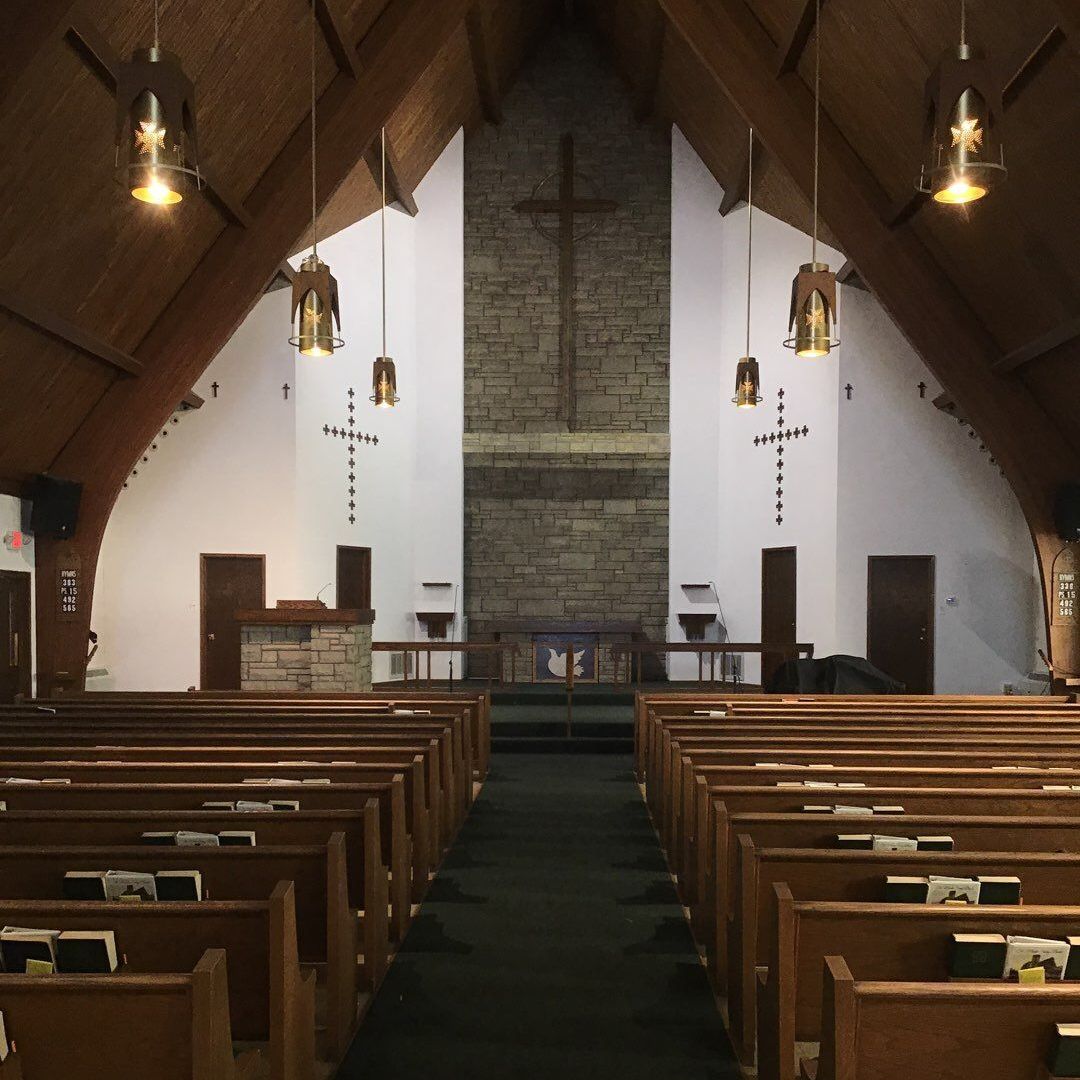
We all know a beautiful church building when we see one, but have you ever wondered what keeps it that way? While there are a lot of factors to consider, painting certainly plays a vital role in protecting and maintaining these important structures. How about a closer look? We’ll share a bit more information below about our approach, plus some photos of a church we just finished painting in Worth, IL. What Makes Church Painting Unique? Technically churches can meet in any building, but traditional structures like this one usually come with some distinct characteristics. Here are a few: High Ceilings: This church, like many, features a soaring ceiling which is not only beautiful but also requires special equipment to reach. No problem for Jondec! The height also demands precision and special techniques to ensure even coverage and aesthetic appeal from every angle. Also no problem for Jondec Painting! Multiple Surface Types: Another characteristic we experienced was working with multiple types of surfaces. Churches are architectural works of art with a variety of materials including brick, wood, plaster, and drywall. Each surface type demands a different approach in terms of preparation, products used, and application method.
Get Started!
The first step in transforming your house with paint begins here. We make the scheduling, estimating & total job process a smooth as our finishes. Schedule an estimate today!

